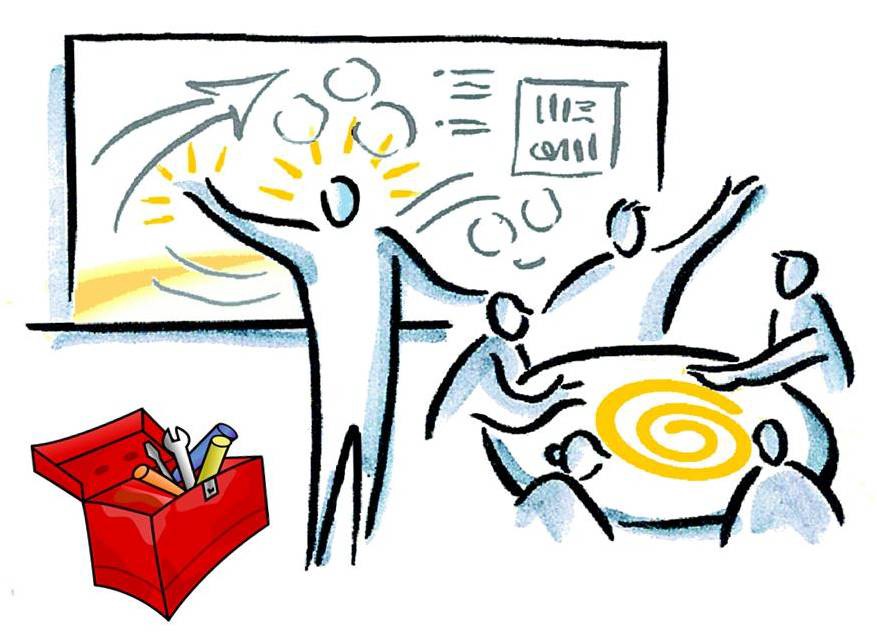Whose Impact Are We Measuring? Proving the Efficacy of Participatory Grantmaking
At a gathering of participatory grantmakers in Mexico City, we were discussing how we could prove our effectiveness to advocates of ‘traditional’ philanthropy. ‘But, why should we?’, retorted Wanja Muguongo of UHAI-EASHRI, ‘They don’t feel the need to prove anything to us.’
Participatory grantmaking, as defined in the new GrantCraft guide, cedes decision-making power about funding—including the strategy and criteria behind those decisions—to the very communities that funders aim to serve. Participatory grantmaking challenges the assumptions of who is a legitimate decision-maker in philanthropic processes, and in doing so it values the voice of community leaders and activists as much as—if not more than—donors.
There are few who would disagree that some form of participation by intended recipients in philanthropic interventions is a good thing, and participatory grantmaking goes beyond the occasional consultation with ‘beneficiaries’. But before even contemplating the ceding of any decision-making power, many traditional funders ask for solid evidence of the positive impact of participatory grantmaking. My thoughts on this are two-fold:
- Firstly, generating this evidence requires investment in learning.
- And secondly, what is meant by ‘impact’, and who is defining it?
Supporting research on participatory grantmaking is necessary. Critical self-reflection is an important part of participatory grantmaking. We are driven to iterate our process based on assessments and feedback. But unlike many funders, we don’t have the funds to undertake formal evaluations. Major funders who call for evidence on the benefits of participatory grantmaking should fund some learning infrastructure such as impact evaluations. Recently the European Cultural Foundation did this by supporting a values-led evaluation of FundAction, the new participatory fund and platform in Europe. This will support FundAction’s development and help build evidence on the benefits and challenges of this approach.
I smile to myself whenever I hear funders worry that participatory grantmaking is ‘expensive’. The infrastructure and bureaucracy of most foundations far exceed those of even the largest participatory grantmakers. Many of us operate on shoe-string budgets and, while not ideal, it does mean we are familiar with some of the unique day-to-day challenges that our grantees face.
One of these challenges is the limited time and space available to reflect and assess both as individuals and with peers. Many of us involved in participatory grantmaking attempt peer-learning when we can—often informally and in the gaps between our day-jobs—but strategic investment in assessing impact would benefit us all. However, any efforts to assess impact requires a discussion of what this means.
Defining impact is as important as understanding it. Currently, more needs to be done to document participatory grantmaking and rigorously test assumptions. But when I hear talk about ‘proving impact’, I wonder how ‘impact’ is being defined—and who made that decision?
It’s not in keeping with the ethos of participatory grantmaking to come up with impact metrics in an external, top-down way. The community should determine what success is. If I heard that grantees felt that participatory grantmaking was not having an impact, I would worry. But, when I hear funders questioning the impact, I wonder on whose behalf they are speaking.
Funders should engage communities in evaluation design, incorporating metrics and methods that truly allow for those involved to reflect on their own needs, experiences, and successes. (This is what European Cultural Foundation did with FundAction.) Impact metrics that solely focus on pre-determined outcomes miss the key benefits that result from the process of participatory grantmaking itself. Evaluations should capture the more nuanced, relational aspects of this work that occur throughout the course of deliberative decision-making.
I’m involved with The Edge Fund and Fund Action because I believe that a just process itself is real impact, not because I’ve analyzed output metrics and find that we create bigger impact relative to traditional foundations. (Although I do intuit that the impact of our grants is vastly disproportionate to the monetary size of the grants.)
Participatory grantmaking is highlighting seldom-raised questions about legitimacy in philanthropy. Thinking back on Wanja’s question, I believe traditional philanthropy hasn’t had to ‘prove’ its impact perhaps in part because it views the legitimacy to intervene in the lives of others as being born from the authority of wealth. Participatory grantmaking, on the other hand, views legitimate decision-makers as those who are personally affected by the outcome of the intervention. These are very different approaches.
If we want rigorous evidence around participatory grantmaking, then let’s create the conditions support this. But in doing so, let’s consider what we are trying to prove – and to whom. Evaluations should serve us all, especially the communities whose lives are affected. That would be true philanthropic impact.



